In our latest addition to our informational series, we are going to take a dive into a pretty scary topic. Now, we’ve featured a lot more content on things like What Your Tools are Made Of, or The Difference Between Brushed and Brushless Motors and many more. For those not in the know though, electricity is basically a foreign concept. Today we are going to take a deeper look at just how a commonly used tool works in How Does An Inverter Work?
How Does An Inverter Work? -Overview
Contrary to popular opinion, electricity is not voodoo witchcraft gypsy magic. In fact, it’s a fascinating mix of mathematics and design engineering that can often time be easily understood. Now, simply understanding how a given circuit works can be much different than designing one. But for our purposes, knowing how something works is valuable. We plan to inform and educate more on how the things we use in the trades and at home actually work. This can make a purchase decision on a tool much easier by knowing what to look for in terms of quality and features. And it’s especially helpful when troubleshooting, and possibly fixing a tool on your own.
Rambling aside, and back to electricity! We recently reviewed the EGO Nexus Escape 150W Power Inverter. The EGO Nexus Escape is a beastly compliment to the 56V outdoor power equipment battery. It takes a robust 56V battery system and turns it into a 100% mobile power source.
The Nexus Escape can power a myriad of devices depending on what you need to do – but how? Again, this isn’t magic! So how the heck can you take a 56V DC battery (or any voltage for that matter) and turn it into 120V AC?
How Does An Inverter Work? – AC vs DC
Most importantly, not all inverters are created equal. There are many ways to create an inverter circuit, and depending on the DC voltage, the components could vary greatly. But for the purpose of this article, we’ll look at a simple circuit, how it operates, and what role the various components play in making your DC inverter power things that require 120vac.
It all starts with AC and DC! P.S, not the classic rock band! On an oscilloscope, a device that displays electronic waveforms, the sinusoidal (sine) waveform is quite different. Direct current (DC) is just that, a direct wave of current. Alternating current (AC) is more of a wavy line and varies over time. If we want to power things built to plug into a wall, we’ll have to convert that DC to AC, so how does that work?
How Does An Inverter Work? – Circuit and Components
Before the capacitors get the electricity, we need to make sure the capacitors don’t get an overload of electricity. The reason behind this is that capacitors themselves can only take so much of a storage charge, as you’ll see. If this isn’t limited, they will blow up, with a pretty loud “pop.” That’s where the resistor comes into play.
How Does An Inverter Work? – Resistors
It’s all in the name! Resistors do just that – resist electricity. So right after our DC current comes in, the resistors are set to take the voltage down to a manageable amount for the rest of our circuit.
To recap, our DC has now entered the circuit and been regulated by resistors. The direct electric current now needs to be filtered. We need to go from a very strong and direct current to a varying, flowing AC current. Think of this as a river. If the river has no large rocks or obstacles for the current, it’s strong and direct. So, we need to filter out some of that extra “noise.” That’s where capacitors come in.
How Does An Inverter Work? – Capacitors
Capacitors are small components that take electricity, store it, and release it gradually. This will allow the current to vary, as the capacitors hold on to it, so to speak. The output of this is the creation of an alternating sine wave! So at this point, we’ve changed the electronic wave form, while protecting the capacitors from overloading, by way of resistors – make sense?
Next, we need to make sure that we get the right voltage out of our circuit to do this, we’ll need transistors, and transformers.
How Does An Inverter Work? – Transistors/MOSFETS
Transistors, or in this case, MOSFETs (Metal Oxide Semiconductor Field Effect Transistors) are valuable electrical components with the purpose of taking a voltage, and switching it to another voltage; either higher or lower. In fact, there are many types of traditional transistors and MOSFETs to serve different purposes in circuits. The operation happening inside the MOSFET is a fairly complex process that involves several steps to switch power. For an inverter, the MOSFET will often need an integrated circuit, or driver to provide the switching logic that will ultimately drive voltage, and tell the MOSFET how much current to provide. This is more of an aid to get the job done. The IC is typically located before the MOSFETs but after resistors and capacitors. Once the MOSFETs (transistors) have driven the voltage and current, the last step is the transformation or supply of an even higher voltage to the outlet.
How Does An Inverter Work? – The Last Step: Transformers
Transformers specifically, in this case, step up transformers, make your AC voltage from the MOSFETs higher via electromagnetic induction. This is what ultimately is fed into your device. This is done by copper windings around a laminated iron or steel core. The electricity around the windings being fed from the MOSFETs into the primary current is tight windings with lots of travel. They intersect into the secondary current of the transformer with larger windings and less travel, creating a stronger and more powerful current. And viola’ we’ve got your fully baked DC to AC voltage, complete with a step up in power.
How Does An Inverter Work? – Conclusion
Overall, it’s not such a painful thing to understand! Disproving the often branded accusation of electricity being voodoo magic. Quite honestly, the electronics that go into our modern power tools are made up of all of the same components, with a few more, and perform pretty basic operations when it comes down to it. So in the future, if your power tools stop working all of the sudden, it’s worth a bit of your time to investigate, and possibly diagnose!
This Inverter is available at The Home Depot for $99.00. Thank you as always, to EGO for providing the inverter for this article and for their continued support of Tools In Action!



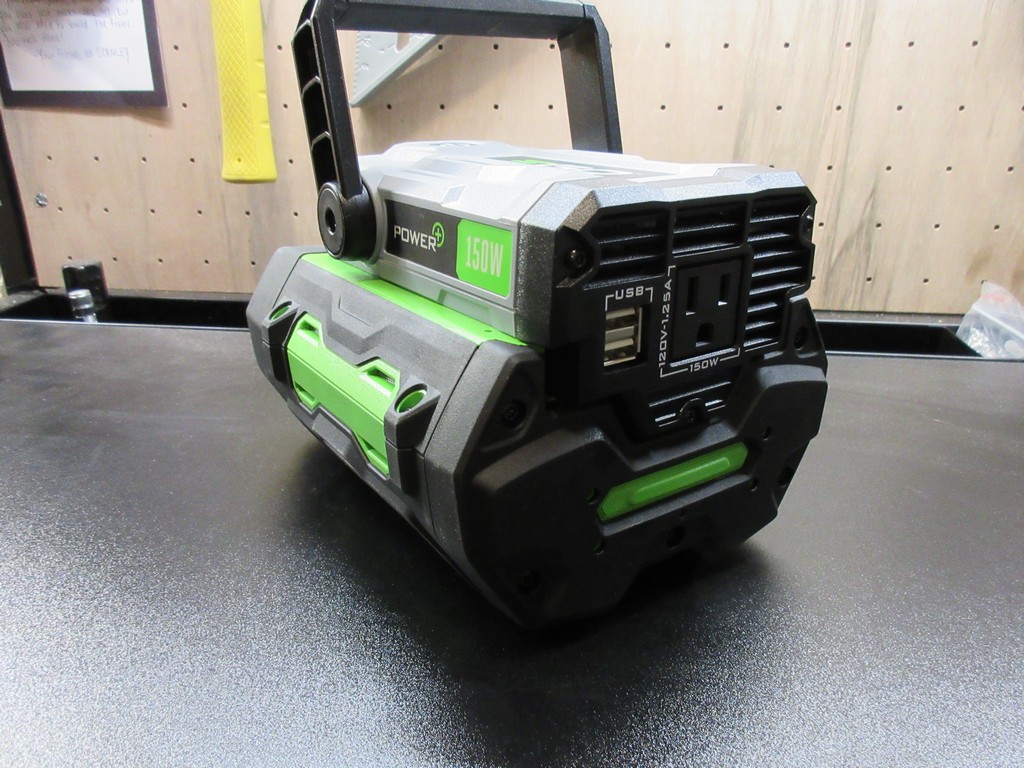
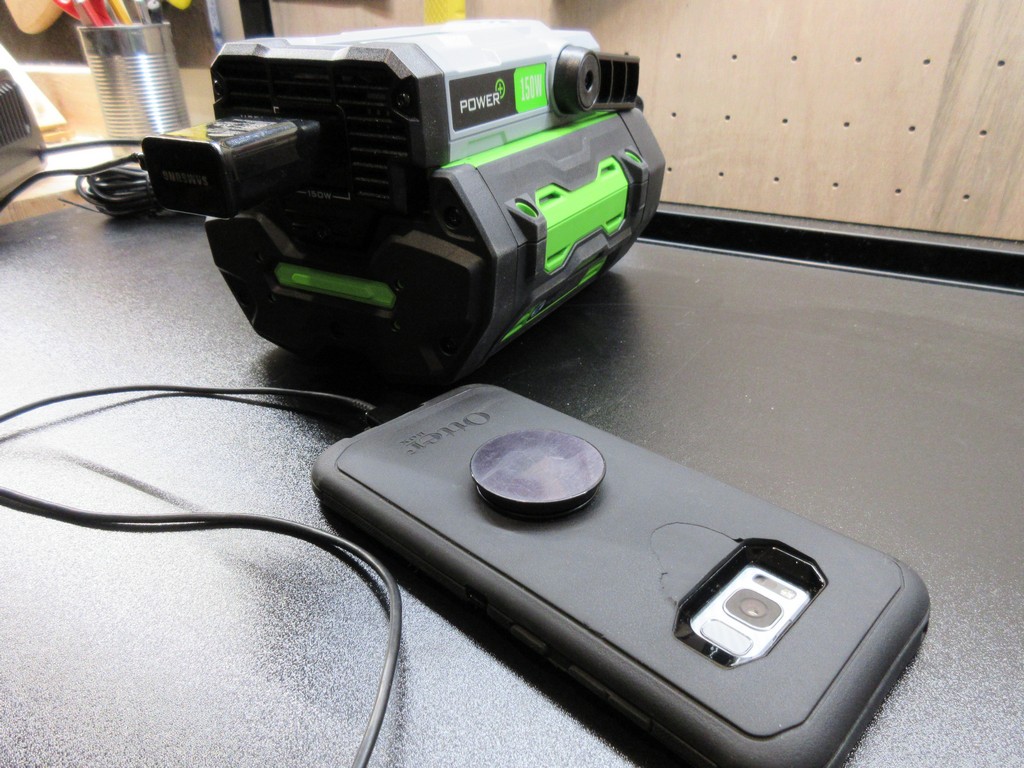
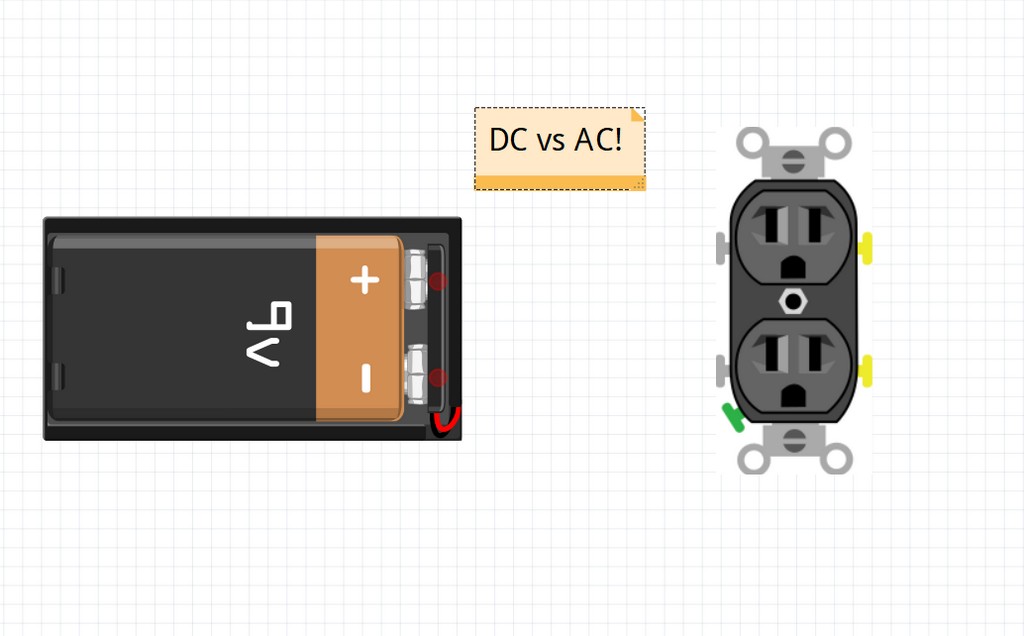
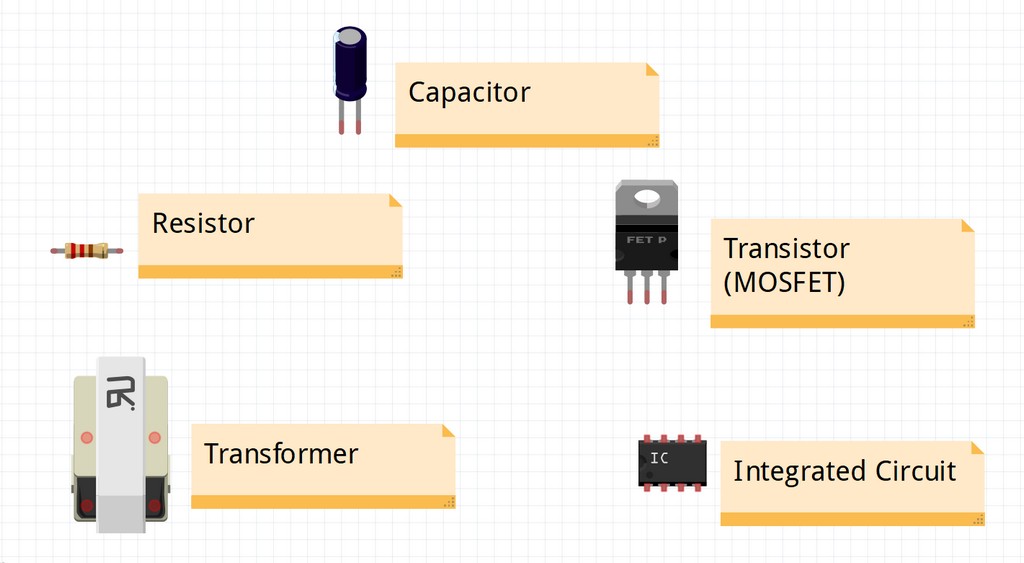
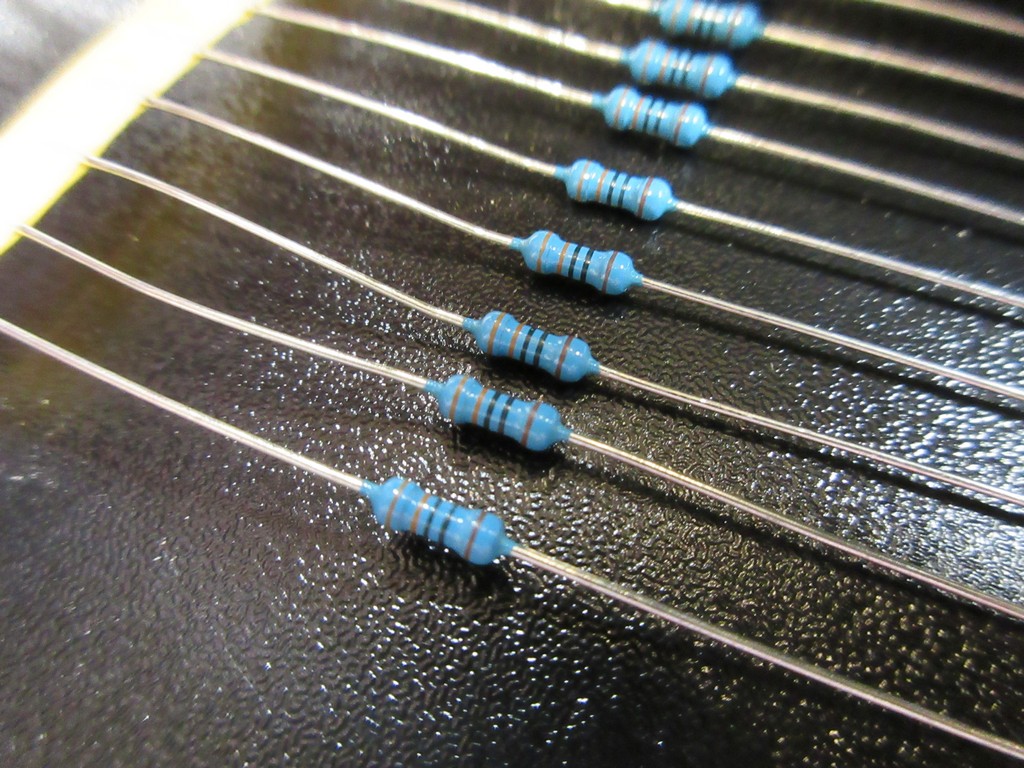
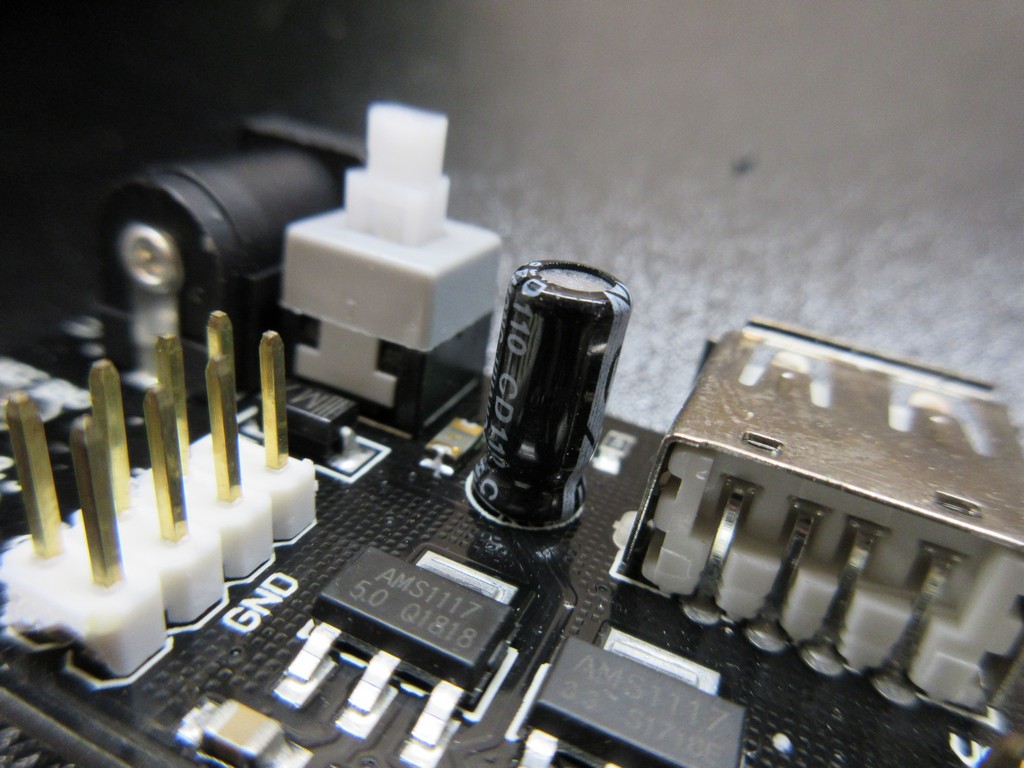
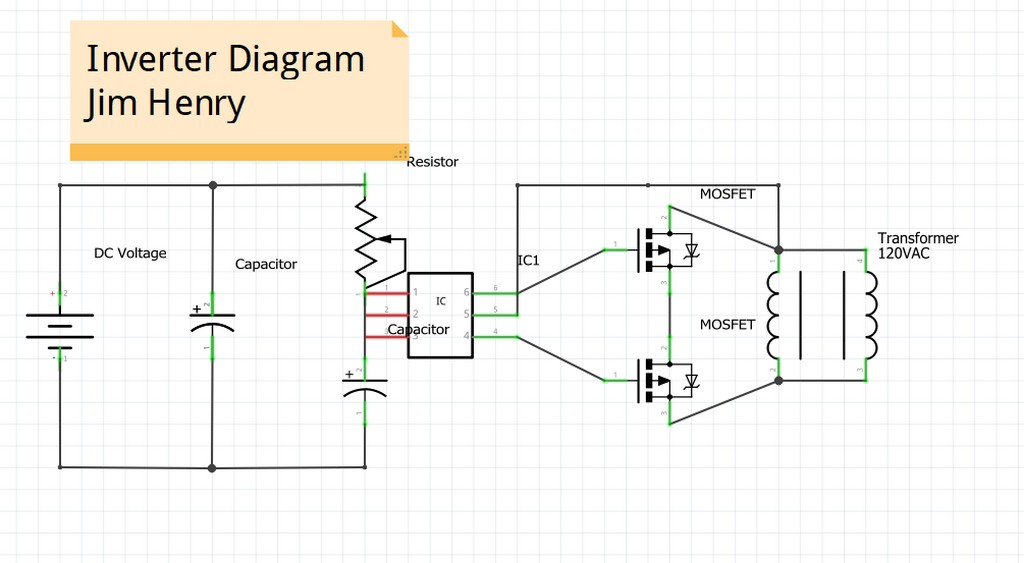
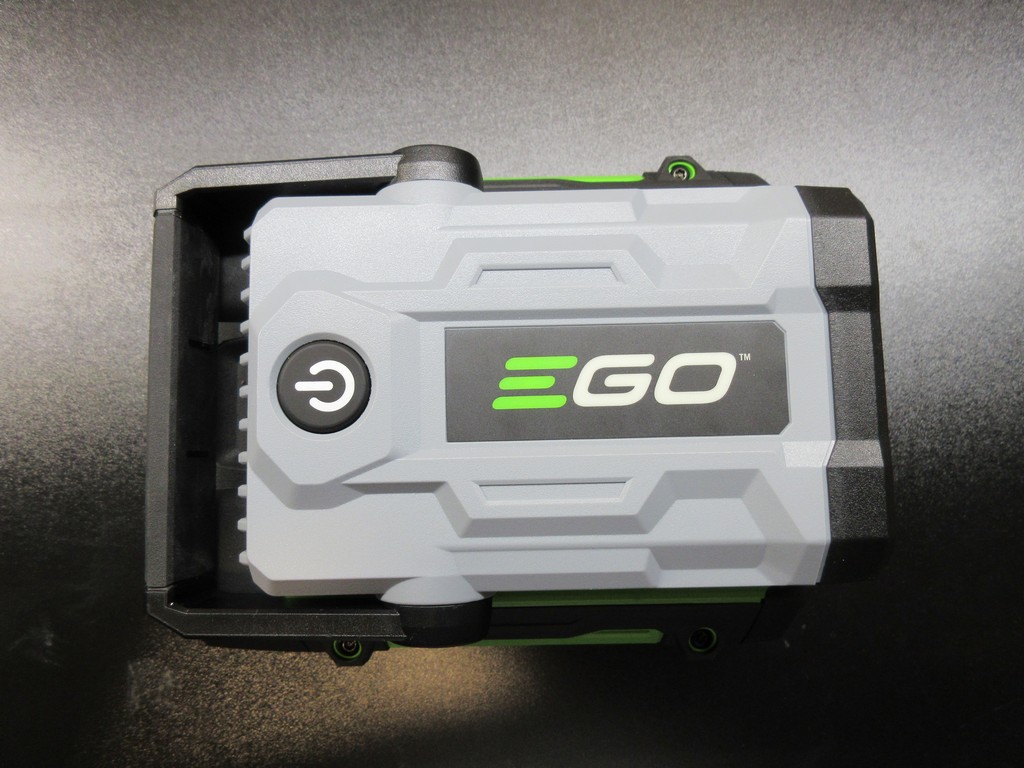
This is not at all how I would simply describe an inverter. The use of the oscillator for 60Hz frequency and the difference between square wave and sine wave inverters has been glossed over.